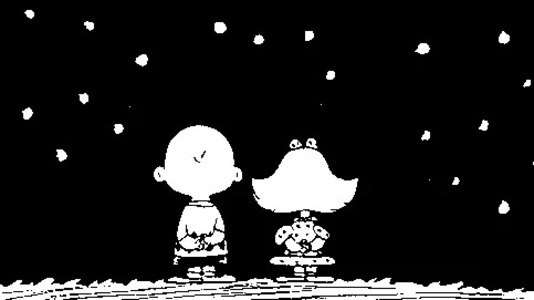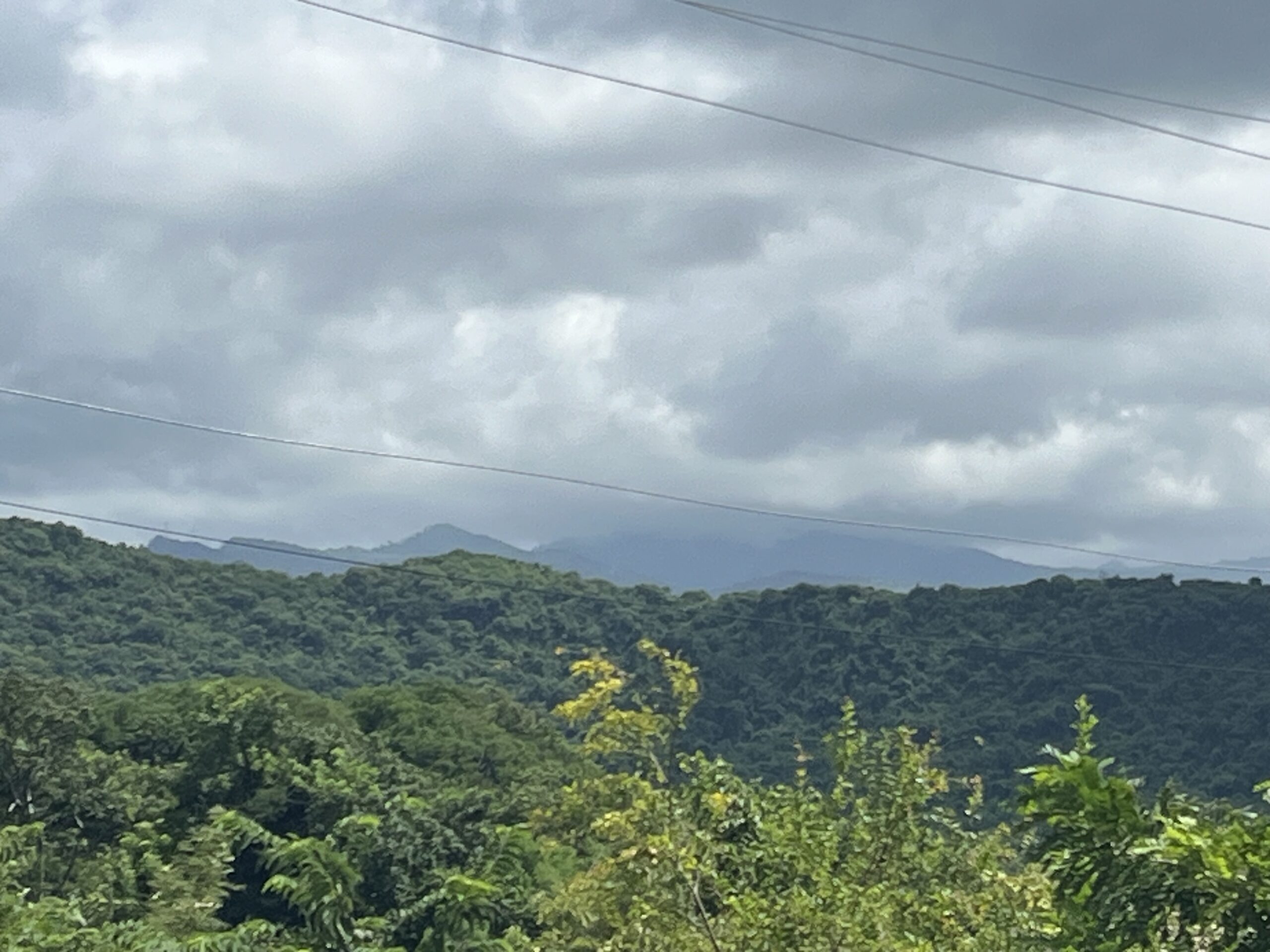I learned a new term this week: negative capability. Rebecca Solnit talks about it in her book, A Field Guide to Getting Lost.
She writes that in December 1817, the English poet John Keats penned a letter to his brothers, George and Thomas, in which he described negative capability (from Selected Letters):
I mean Negative Capability, that is, when a man is capable of being in uncertainties, mysteries, doubts, without any irritable reaching after fact and reason.
Keats is speaking here of creative pursuits, in particular those of writing and literature. While fact and reason are important matters indeed, much of life is not so easily defined. There is a real skill and perspective in being able to accept those things that are unresolved and yet-to-be worked out—things like learning to do something new, adapting to a different culture, dealing with the unexpected, and putting in the effort to grow a relationship. Negative capability is something I embrace. I knew how it felt before knowing the name Keats ascribed to it.
The term got me thinking a lot about what it means to use the word “negative.” In mathematics, of course, “positive” means addition and “negative” means subtraction. In the case of negative capability, the answers are subtracted, or taken away, and one is left in the space that exists before arriving at an answer.
Negative might also imply that something is nonexistent, as in the negative space surrounding an object in art. Sungi Mlengeya (via kottke.org) is a Tanzanian artist who deftly uses negative space to create beautiful paintings of dark faces and bodies. In perhaps less-striking, yet no less profound fashion, Charles Schulz’s drawing of Charlie Brown and his sister, Sally (at the top of this post), uses negative space to reveal the two characters as they look out into the black night sky.

The negative, by nature, removes the nonessential, leaving space for a minimalist perspective to shine through. It can be said that the Peanuts comic strip was minimalist in this regard. I recently read Nicole Rudick’s article, “How ‘Peanuts’ Created a Space for Thinking” in The New Yorker. Quoting David Michaelis’s Schulz and Peanuts: A Biography throughout, Rudick writes of Charles Schulz:
To draw the readers’ eye, Schulz opted for the less-is-more approach, aiming to ‘fight back’ with white space to echo what he once called the strip’s ‘very slight incidents.’ The usefulness of that simplicity became clear as Schulz’s writing deepened. ‘The more they developed complex powers and appetites while staying faithful to their cut-out, shadow-play simplicity,’ Michaelis writes of the strip’s characters, ‘the easier it would be for Schulz to declare the hard things he was set on saying.’ Had Schulz filled his panels with visual distractions, the business of examining interior problems might have proved less successful.
It’s no secret that modern life is filled with distractions. If negative capability describes a person’s ability to experience peace in the midst of discomfort and contentment in the absence of answers, then negative space, perhaps, can be said to remove those distractions that are obscuring what’s important, bringing life’s profound truths more clearly into focus.
Negative as the removal of something to reveal something else—it reminded me of Nazca lines. I just read about the discovery of over 300 new ones. Nazca lines are geoglyphs—drawings on the ground that were made by removing rocks and earth to create a negative image. They were created by the Nazca people in the desserts of southern Peru between 500 BC and 500 AD (you can see more of them here). The dessert rock is a deep rust color due to oxidization and weathering, and when removed, a lighter sand color is exposed, creating a high contrast that reveals the drawings when viewed from high above (via National Geographic).

There are theories, but it remains largely a mystery as to why these drawings were created. Nor is it known exactly how the Nazca people were able to create them with such precision, given their magnitude and the lack of a means to view them from above. Some have speculated that the lines were pathways, tread upon by the people.
There’s an ancient Tibetan proverb that goes like this:
Emptiness is the track on which the centered person moves.
In A Field Guide to Getting Lost, Solnit unpacks the proverb by describing the deep meaning behind “shul,” the Tibetan word for “track.” She writes that shul is:
a mark that remains after that which made it has passed by—a footprint, for example. In other contexts, shul is used to describe the scarred hollow in the ground where a house once stood, the channel worn through rock where a river runs in flood, the indentation in the grass where an animal slept last night. All of these are shul: the impression in the ground left by the regular tread of feet, which has kept it clear of obstructions and maintained it for the use of others. As a shul, emptiness can be compared to the impression of something that used to be there. In this case, such an impression is formed by the indentations, hollows, marks, and scars left by the turbulence of selfish craving.
Negative describes the removal of earth to reveal the Nazca images, just as it describes the removal of those barriers that hold us back from becoming centered. “Centered” here does not mean whole or complete, because these states are unattainable as imperfect human beings. According to the proverb, however, becoming centered is within one’s grasp, if only there exists a willingness to let go. The experience of suffering—both the self-inflicted kind and the living-in-this-world kind—is something that knocks us off balance. It’s at the moment of letting it go that we become aware of the emptiness filling the impression of its absence. That emptiness, existing in all of the impressions made by things that used to trouble us, is what reveals the path, or shul, upon which we can become centered.
Solnit also likens it to purposefully getting lost in order to be fully present. She contemplates the words of the German-Jewish philosopher Walter Benjamin by writing:
In Benjamin’s terms, to be lost is to be fully present, and to be fully present is to be capable of being in uncertainty and mystery. And one does not get lost but loses oneself, with the implication that it is a conscious choice, a chosen surrender, a psychic state achievable through geography.
This too is negative capability and is something that’s achievable only through intentional physical and mental movement.
Negative capability is a valuable skill to cultivate—especially because while some things resolve over time and with effort, there are a great many things that don’t. The messiness of life is unavoidable, and oftentimes the only means left to overcome it is through acceptance.
In Rudick’s same article on Peanuts, she writes that:
through Peanuts, Schulz wanted to tell hard truths about, as he said, ‘intelligent things.’ But the main truth he tells is that there are no answers to the big questions.
There’s a Peanuts comic strip mid-article that, to me, perfectly highlights the acceptance that comes with negative capability:

Yes, there are solutions for Snoopy’s predicament and he actively seeks them out. But in the end, Snoopy accepts that he will have to weather the storm, just like so many of us. Can we accept it?


